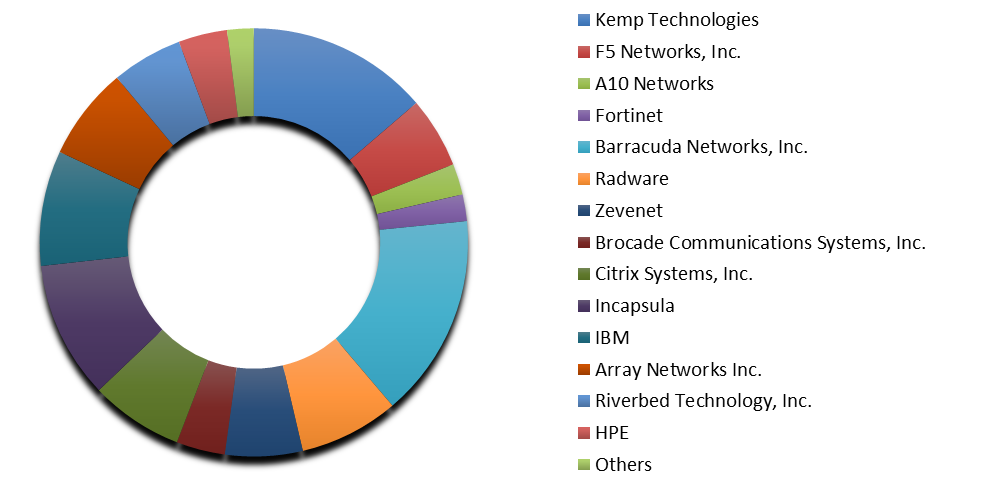The Global Hardware Load Balancer Devices Market dynamics are thoroughly studied and explained in the MMR report, which helps reader to understand emerging market trends, drivers, restraints, opportunities, and challenges at global and regional level for the Global Hardware Load Balancer Devices Market. Some of the drivers and restraints are illustrated below, their detailed explanation is discussed in the MMR report with other supporting facts:
Drivers:
- Increasing Government Investments in Digitization
- Growing Awareness Regarding the Advantages Of Cloud And Network Technologies
- Others
Restraint:
- High Cost of Hardware Load Balancer Devices
- Lack of access of high speed internet
- Others
The report of the Global Hardware Load Balancer Devices Market is segmented by Type (C Global Load Balancers, Local Load Balancers), Enterprise Size (Large Enterprises, Small and Medium-Sized Enterprises), Industry Vertical (Banking, Financial Services and Insurance (BFSI), IT & Telecommunication, Government, Retail, Manufacturing, Energy, Media & Entertainment, Healthcare, Others), and Region (North America, Europe, Middle East & Africa, South America, Asia Pacific).
By type, the global load balancers segment held the largest market share of XX% in 2019 and is projected to grow at the highest CAGR of XX% to reach US$ XX Mn by 2026. Global load balancers are located at a single site and provide load balancing to multiple sites or data centers. Global load balancers simplify network traffic distribution to a group of data centers in many geographic locations.
Geographically, North America is the global leader in the hardware load balancer devices market. In 2020, it accounted for around XX% of the market share. The necessity for continuous evolving technology act as the key driving factor of the hardware load balancer market in North America. The U.S, dominated the North America market, with market size of US$ XX Mn in 2019 and to reach US$ XX Mn by 2026, with a CAGR of XX%.
Key players operating in the global Hardware Load Balancer Devices market are Kemp Technologies, F5 Networks, Inc., A10 Networks, Fortinet, Barracuda Networks, Inc., Radware, Zevenet, Brocade Communications Systems, Inc., Citrix Systems, Inc., Incapsula, IBM, Array Networks Inc., Riverbed Technology, Inc., HPE and Others.
Global Hardware Load Balancer Devices Market Share (%), by Key Players

Maximize Market Research, a global market research firm with a dedicated team of specialists and data has carried out extensive research about the Global Hardware Load Balancer Devices Market. The report encompasses the market by different segments and region, providing an in-depth analysis of the overall industry ecosystem, useful for making an informed strategic decision by the key stakeholders in the industry. Importantly, the report delivers forecasts and share of the market, further giving an insight into the market dynamics, and future opportunities that might exist in the Global Hardware Load Balancer Devices Market. The driving forces, as well as considerable restraints, have been explained in depth. in addition to this, competitive landscape describing the strategic growth of the competitors have been taken into consideration for enhancing market know-how of our clients and at the same time explain the Global Hardware Load Balancer Devices Market positioning of competitors.
Browse the market data Tables and Figures spread through a comprehensive research report and in-depth TOC on “Global Hardware Load Balancer Devices Market.”
Contact:
MAXIMIZE MARKET RESEARCH PVT. LTD.
Omkar Heights,
ManikBaug, Vadgaon Bk,
Sinhagad Road, Pune – 411051, Maharashtra, India.
+91 9607195908